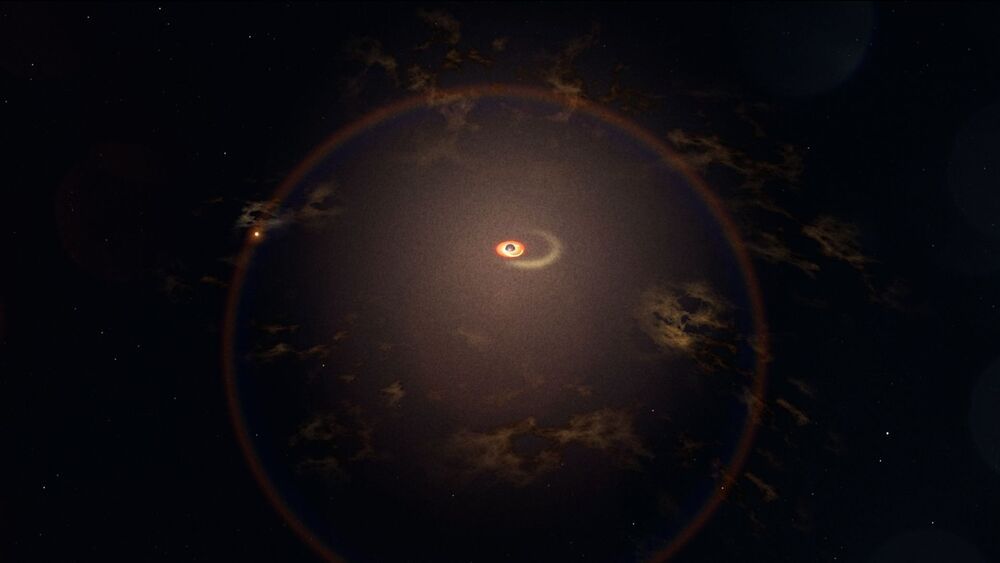On 14 November 2014, a bright flash flagged the All Sky Automated Survey for Supernovae, or ASAS-SN — a global network of 20 telescopes managed at Ohio State University in the U.S. The flash originated in galaxy ESO 253–3, located 570 million light-years away.
The sudden burst of energy was examined by astronomers and categorized as a likely supernova and assigned the event designation ASASSN-14ko. Six years later, Anna Payne, a NASA Graduate Fellow at the University of Hawai’i at Mānoa, discovered it was something much different.
While sifting through ASAS-SN data on active galactic nuclei, she discovered a previously unnoticed periodic series of bright flares emanating from galaxy ESO 253–3 — repeating in such a way that led directly back to ASASSN-14ko as the point of first detection.










Comments are closed.